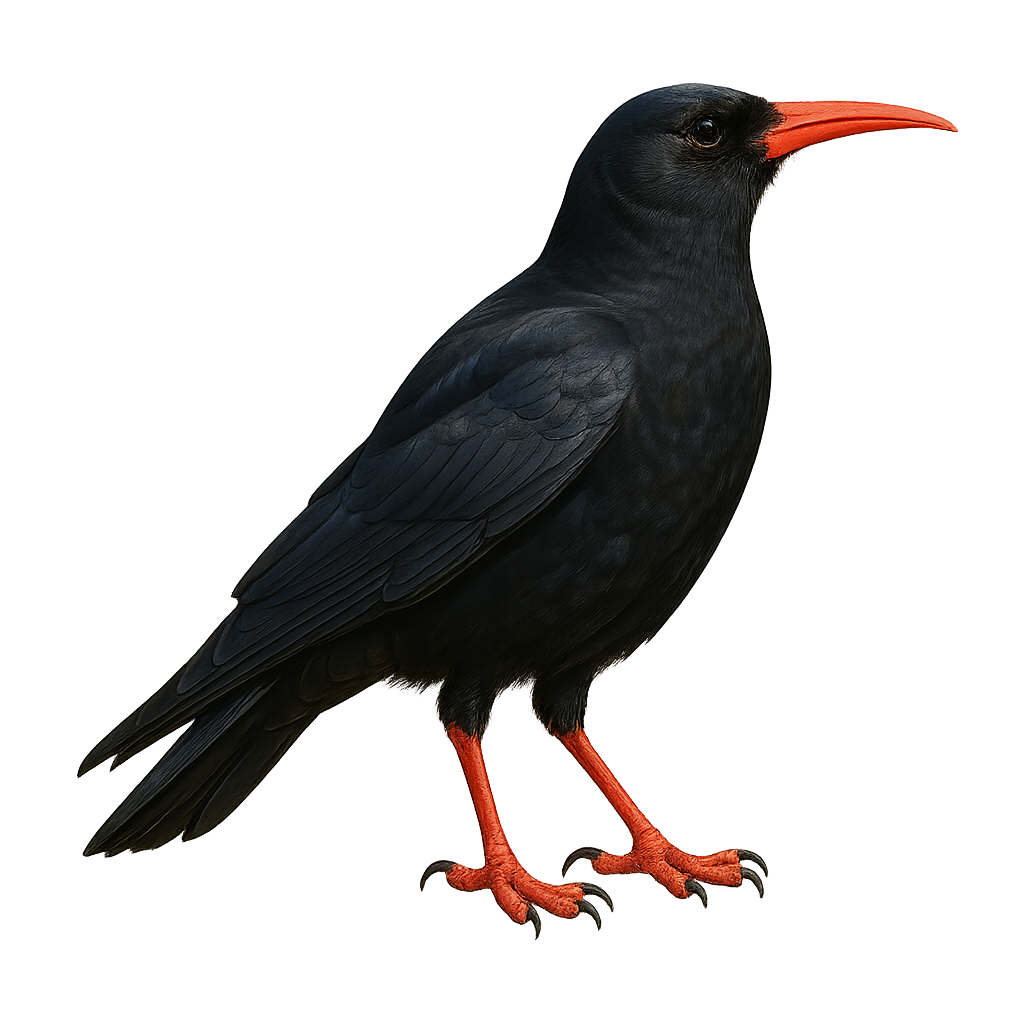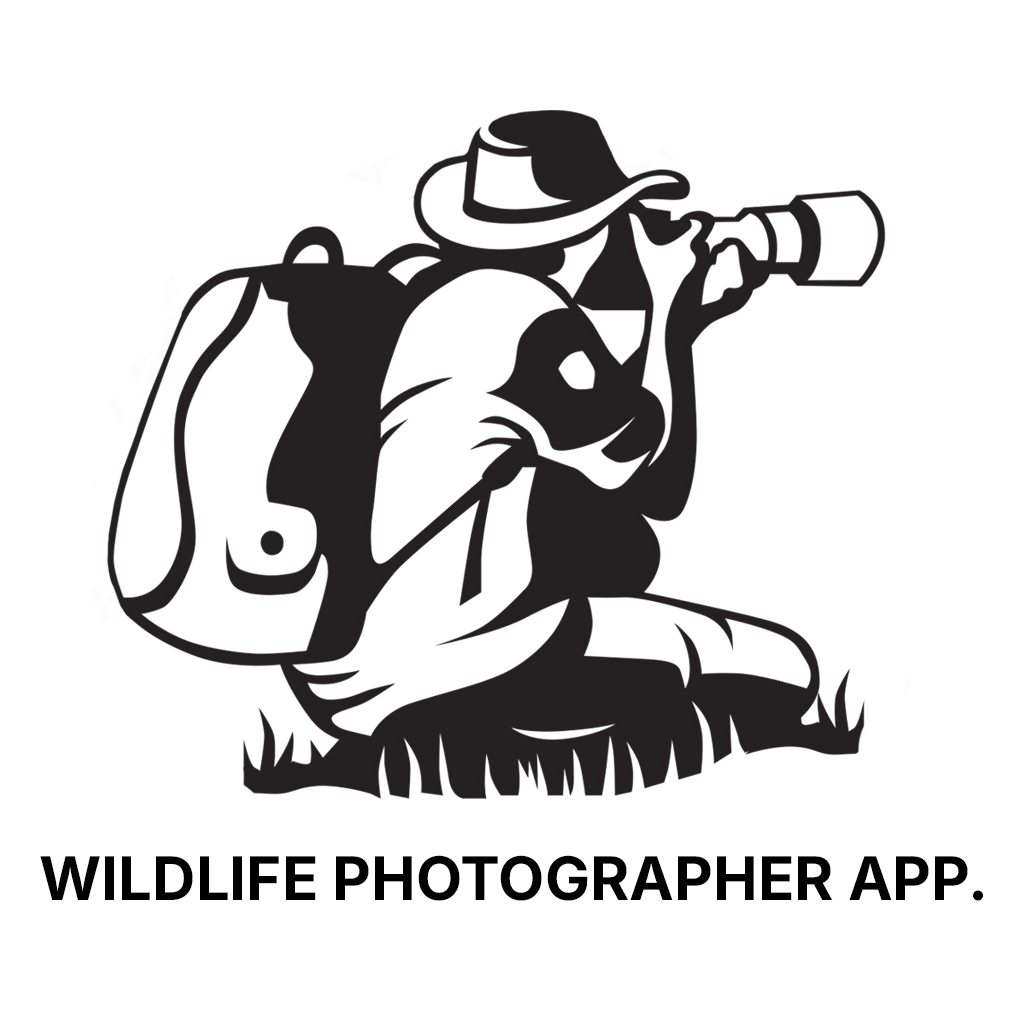Your wildlife photography guide.
Explore the red-billed chough in detail, study its behavior, prepare your shots.
Where to observe and photograph the red-billed chough in the wild
Learn where and when to spot the red-billed chough in the wild, how to identify the species based on distinctive features, and what natural environments it inhabits. The WildlifePhotographer app offers tailored photography tips that reflect the red-billed chough’s behavior, helping you capture better wildlife images. Explore the full species profile for key information including description, habitat, active periods, and approach techniques.
Red-billed Chough
Scientific name: Pyrrhocorax pyrrhocorax

IUCN Status: Least Concern
Family: CORVIDAE
Group: Birds
Sensitivity to human approach: Suspicious
Minimum approach distance: 10 m
Courtship display: March to May
Incubation: 18-21 jours
Hatchings: April to June
Habitat:
Cliffs, alpine meadows, rocky coasts
Activity period :
Primarily active during the day, with peak activity in the morning and late afternoon.
Identification and description:
The Red-billed Chough, or Pyrrhocorax pyrrhocorax, is a member of the Corvidae family, easily identified by its glossy black plumage and bright red bill. It is commonly found in mountainous and coastal regions, feeding mainly on insects and small invertebrates. Known for its impressive aerial acrobatics and distinctive calls, this bird typically nests on cliffs or in abandoned buildings, forming noisy colonies. Although its range is extensive, it is locally threatened by habitat loss and human disturbances. Its presence often indicates the health of mountainous ecosystems.
Recommended lens:
400 mm – adjust based on distance, desired framing (portrait or habitat), and approach conditions.
Photography tips:
To photograph the Red-billed Chough, focus on mountainous or coastal areas where it is often active. Use a 400mm or longer telephoto lens to capture its details without disturbing it. Be patient and discreet, as this bird can be suspicious. The best opportunities often arise during its aerial acrobatics, so be ready to quickly adjust your settings to follow its swift movements. Opt for times of the day when the light is soft to achieve quality images.
The WildlifePhotographer App is coming soon!
Be the first to explore the best nature spots, track rutting seasons, log your observations, and observe more wildlife.
Already 1 430 wildlife lovers subscribed worldwide

